At the time of the Louisiana Purchase a large swath of the western part of what is now Louisiana was essentially a neutral strip of land between French and Spanish occupied territories. It was called “No Man’s Land” due to having no militia, no regulators, no government, and no protection – encouraging only self-reliant pioneers, pirates and renegades to settle in the lawless area.
This background is part of what makes this area of southwest Louisiana such an eclectic area and Lake Charles is its welcoming hub.
History buffs will appreciate historical Lake Charles with stately southern homes, free art and history museums, and the Mardi Gras Museum (the world’s largest collection of costumes, floats and history). Downtown, foodies can enjoy outdoor eateries, including Cajun and creole food and walks along the water at Millennium Park. Music lovers can experience local Zydeco music and nature lovers will enjoy the Creole Nature Trail.
We stayed in a campground at White Oak Parish Park just outside of town. We spent some time driving around neighborhoods to look at homes in Lake Charles and in Millennium Park along the water. Unfortunately, the Mardi Gras Museum was closed when we were there. Our best stop was the Lake Charles Visitor Center which should have been first on our list. Sharon Ellender, the center’s adventure guide, was incredibly helpful, provided a lot of information, and provided us with everything we needed to make the most of the Creole Nature Trail as this area has been hit by multiple hurricanes so not all of the man-made structures or trails are intact.
The Creole Nature Trail is a 180-mile drive that loops around natural marshes, swamps, and coastal prairies as it makes its way south to skirt 26 miles of Gulf Coast beach before turning inland and back north again. I was expecting the marshes and swamps but was surprised to see the cattle ranches!
The “trail” connects several different wildlife areas including the Sabine National Wildlife Refuge, Cameron Prairie National Wildlife Refuge, Lacassine National Wildlife Refuge, and Rockefeller Wildlife Refuge. All told, this area is home to more than 400 species of migratory birds, thousands of migrating butterflies in spring and fall, fish, crab, and plenty of reptiles including what you came for – alligators!
From Lake Charles we continued past Hackberry and the Intracoastal Waterway that stretches from Brownville Texas to New Jersey. We drove towards Holly Beach and then west towards a massive Liquid Petroleum Gas shipping depot that really gives you a sense for the magnitude of Louisiana‘s petrochemical industry that utilizes the shipping channels connecting the Intracoastal Waterway to the Gulf.
We had planned to take the ferry across the Calcasieu Ship Channel (which is also supposed to be a good spot to see porpoises and pelicans) to Rutherford Beach but were turned away because the entry was steep and the ferry operators were worried that we’d hi-center. So we drove all the way back north to Lake Charles and another night at the White Oak Parish Park so that we could traverse the east side of the Creole Nature Trail the next day.
From the road at the Pintail Nature Drive we saw birds in the water and in the reeds, including the blue-winged teals, green-winged teals, the belted king-fisher, the black-necked stilt, the great blue heron, the neotropic cormorant, the red-tailed hawk, and the snowy egret according to our guidebook. Unfortunately, the half-mile boardwalk that might have brought us closer to these lovely birds had been destroyed by the 2020 hurricane that tore through the area. Despite this, we had no egrets (LOL).
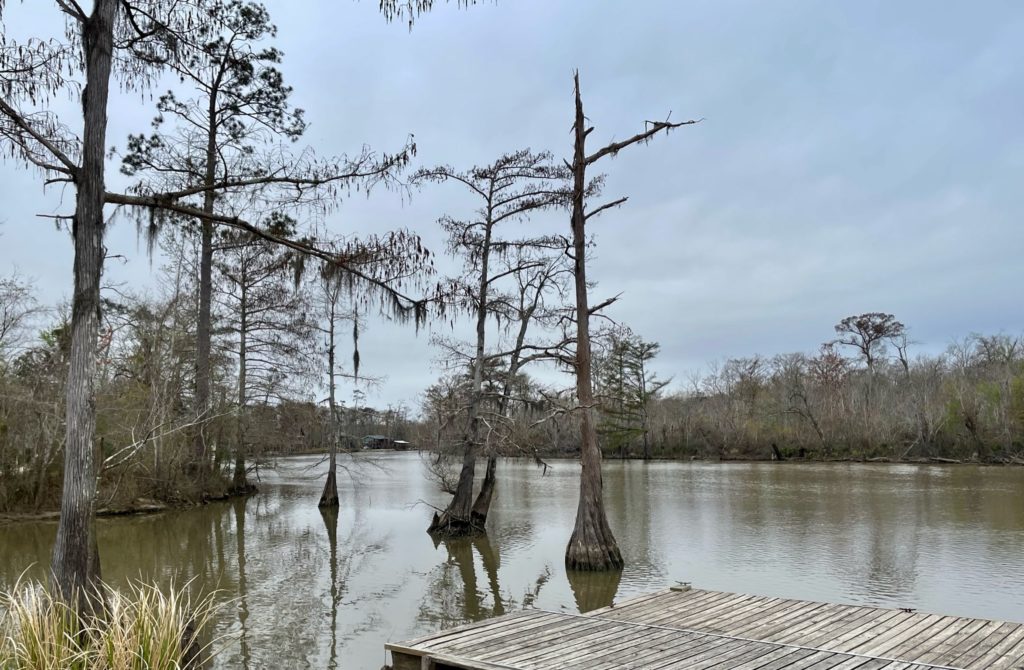
White Parish Park bayou
As we drove further around the loop, we spotted more herons, ducks and the beautiful and ever-elusive bright pink roseate spoonbill cranes before we came upon signs that said, “DO NOT FEED or DISTURB THE ALLIGATORS”. Who’s doing this?!
The entire first leg of the loop, I only saw the head of a tiny alligator off in the distance and thought that might be all we would see given that we had an overcast day, just barely 70 degrees, but as we turned the corner they were everywhere! Sharon, at the Lake Charles Visitor Center, had warned that if we got out of our car and an alligator approached, they’d likely just walk away once they realized we didn’t have any chicken or popcorn to feed them. Out of the car?! As they approach?! Feeding them?! No, NO, NOPE! Who’s doing this?!
We thoroughly enjoyed these smiley guys from the safety of our vehicle. Several of the smaller ones were nearest to the road and would barely move as you drove by. Some of the biggest ones, were hidden in the water, partially covered in swamp grasses along their backs – sneaky little bastards!. Just when we were getting “comfortable” that they seemed rather slow and harmless, one of the big guys (who was initially calm) reminded us that alligators can really move on land when they want. He raised up on all 4 legs and in a blink of the eye moved into the water.
Did you know?
- Alligators have between 74 and 80 teeth in their jaws at any given time and since their teeth get replaced, they can go through over 2,000 teeth in the lifetime.
- Alligators continue to grow during their lifetime reaching an average of 8-10 feet long but have known to get up to 15 feet long and over 1,000 lbs.
- The sex of an alligator is determined by the temperature the eggs are exposed to – above 93F they become males, 86F produces females and in between produces both sexes.
- In the water an alligator can reach a top speed of 20mph (which is faster than a dolphin), but on land they can reach speeds up to 35mph (but tire quickly).
- Alligators can leap up to 5 feet out of the water to snag their dinner
- Humans are the only predators an alligator needs to worry about.
These turtles were hanging out on the opposite side of the road. Can’t say that I blame them!
We spent the next night beach camping on Rutherford Beach. Until Rutherford, I’d never seen a beach smothered in seashells! It’s always fun to walk around looking for the best ones.
The Lake Charles area has something for everyone. I wish we’d had more time to explore the town itself and I would have liked to check out the Gator Chateau rescue center where you can hold baby alligators before they return them to nature. The Creole Nature Trail is phenomenal so add it to your must-see list!

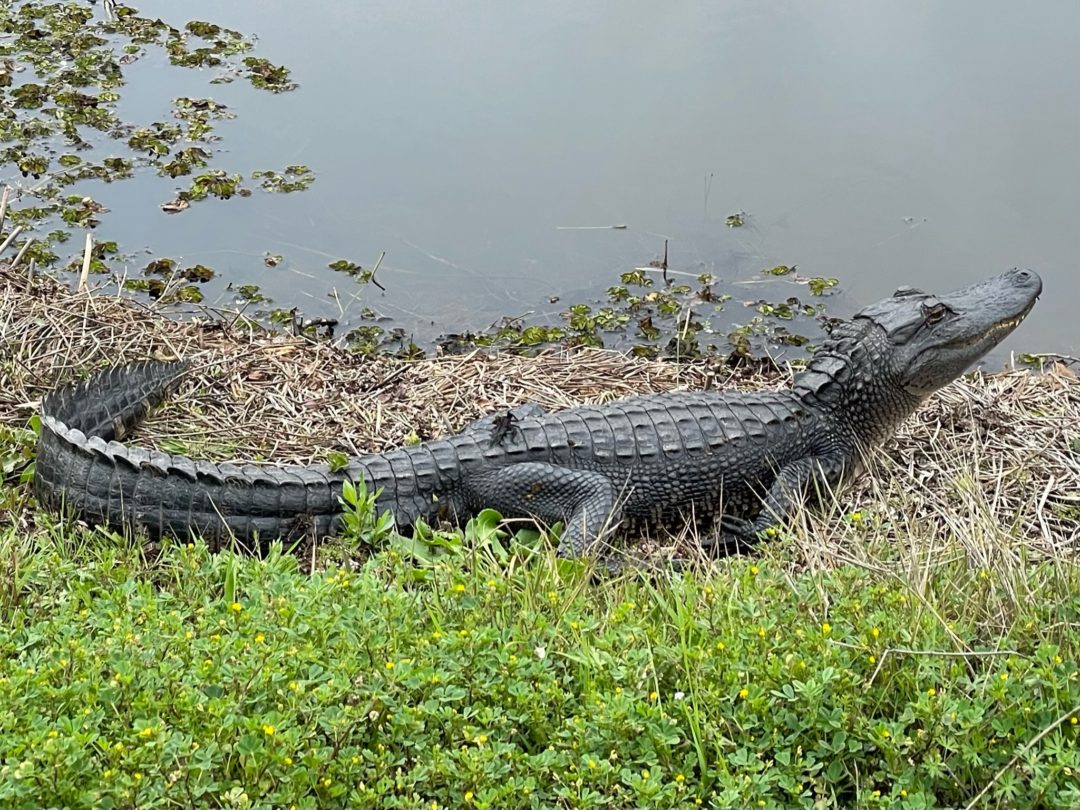
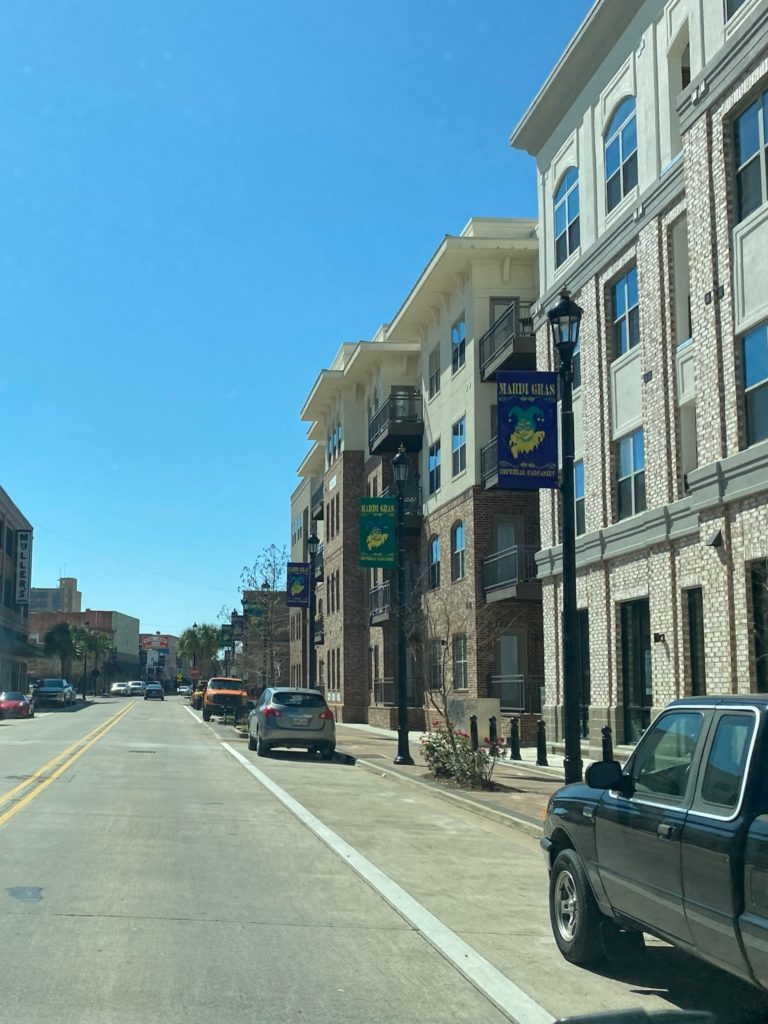
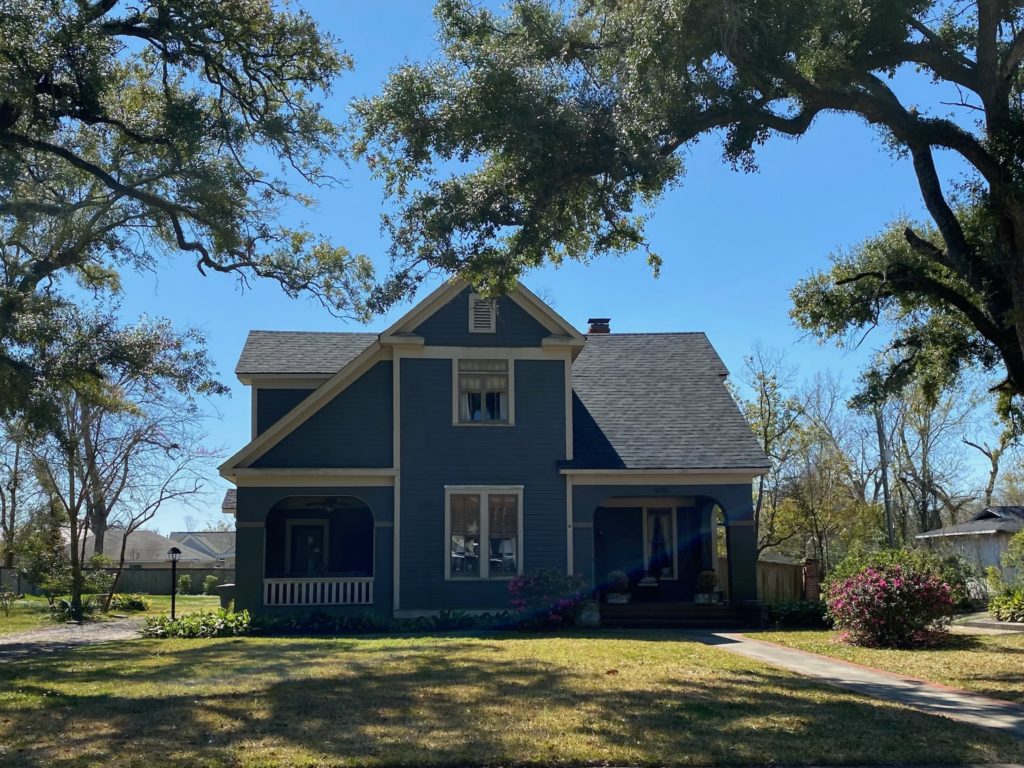
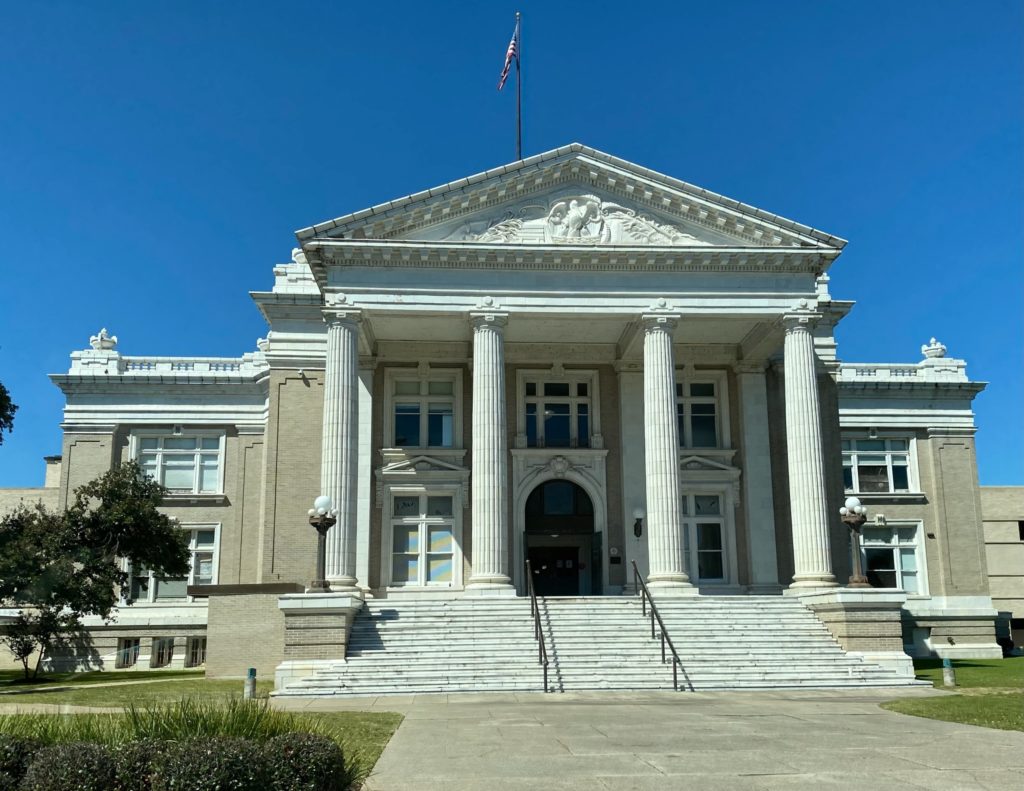
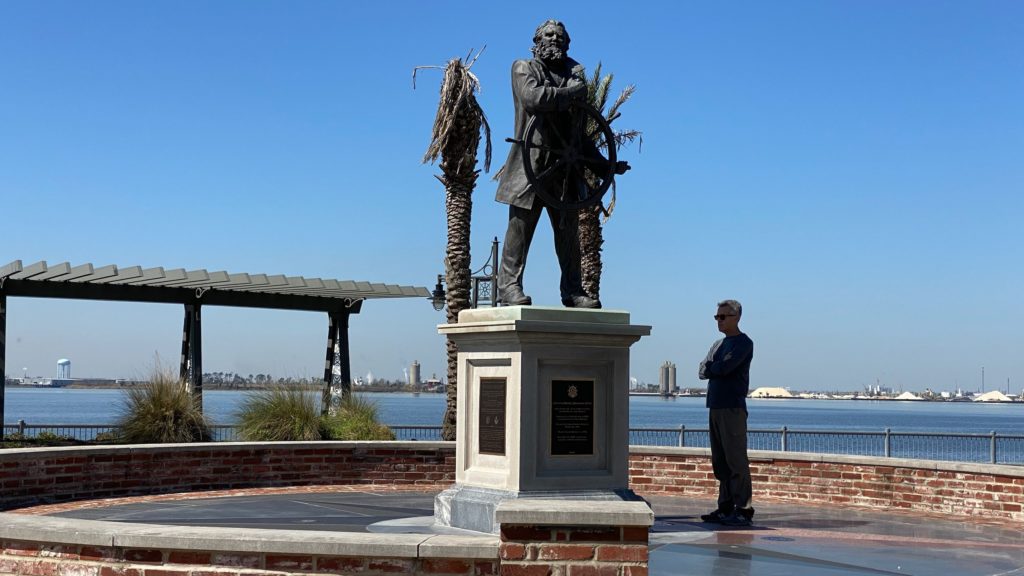
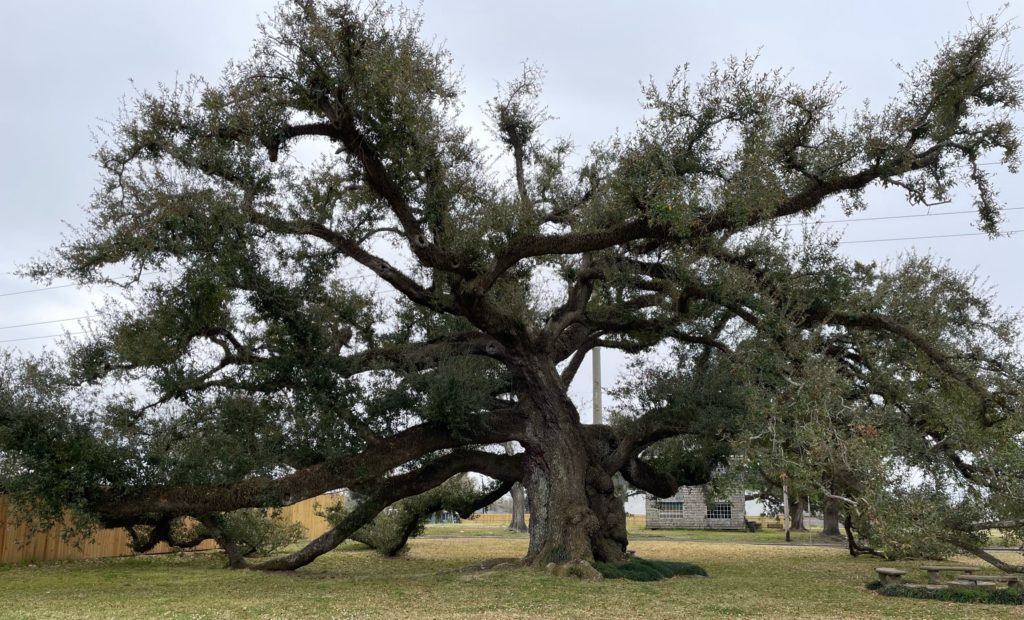
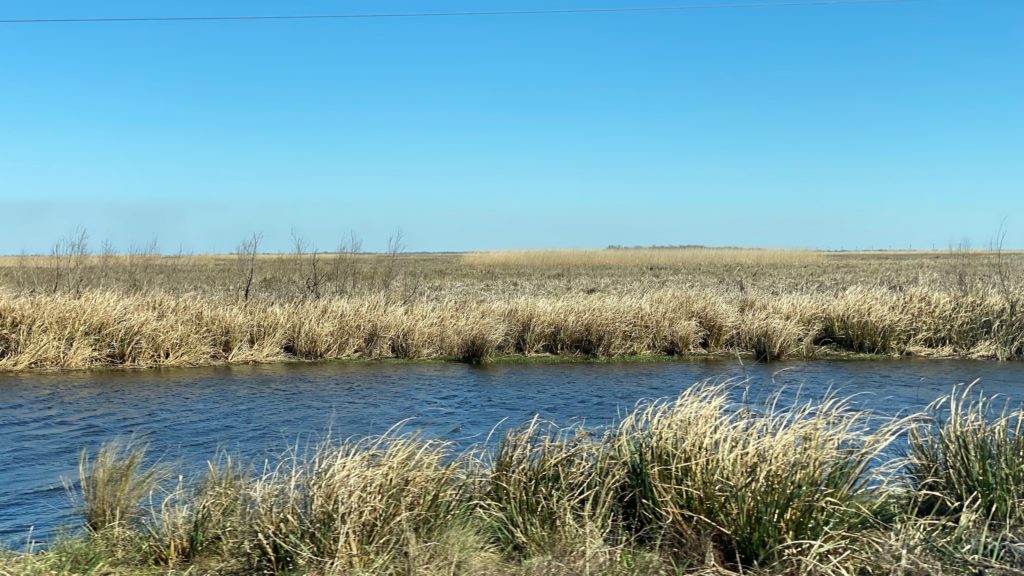
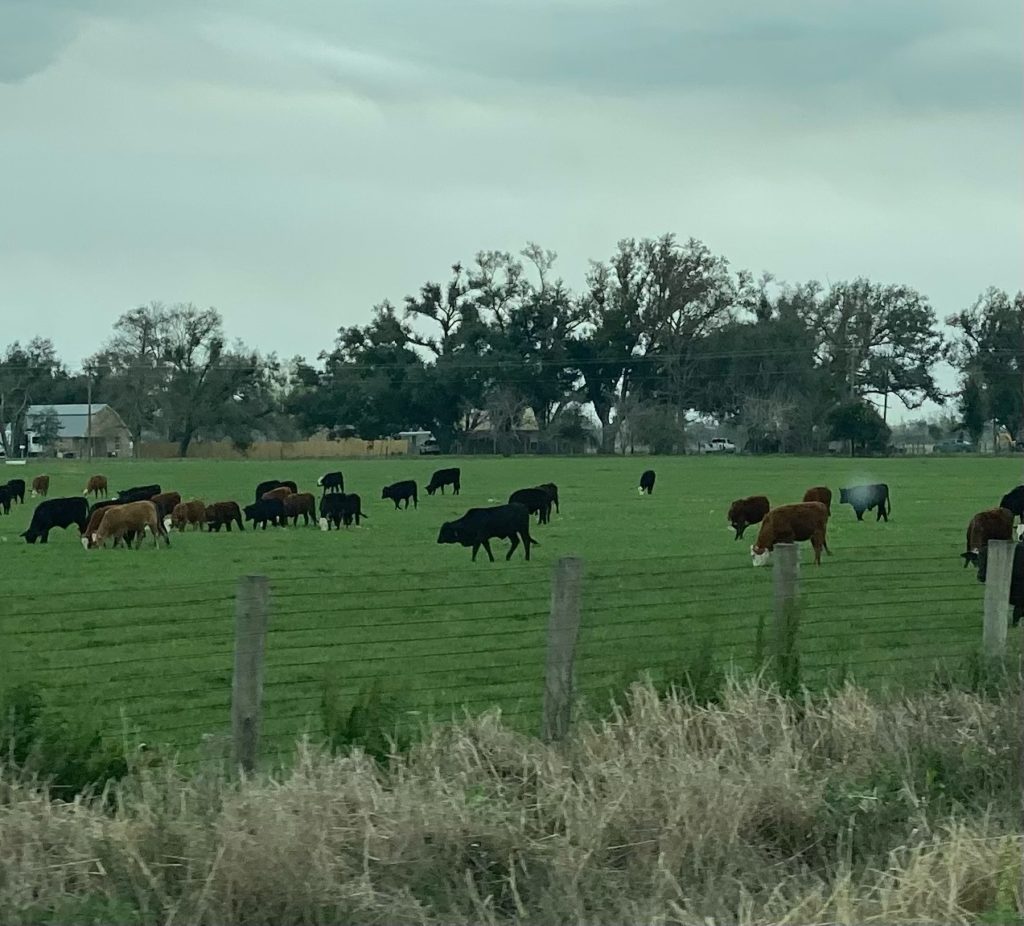
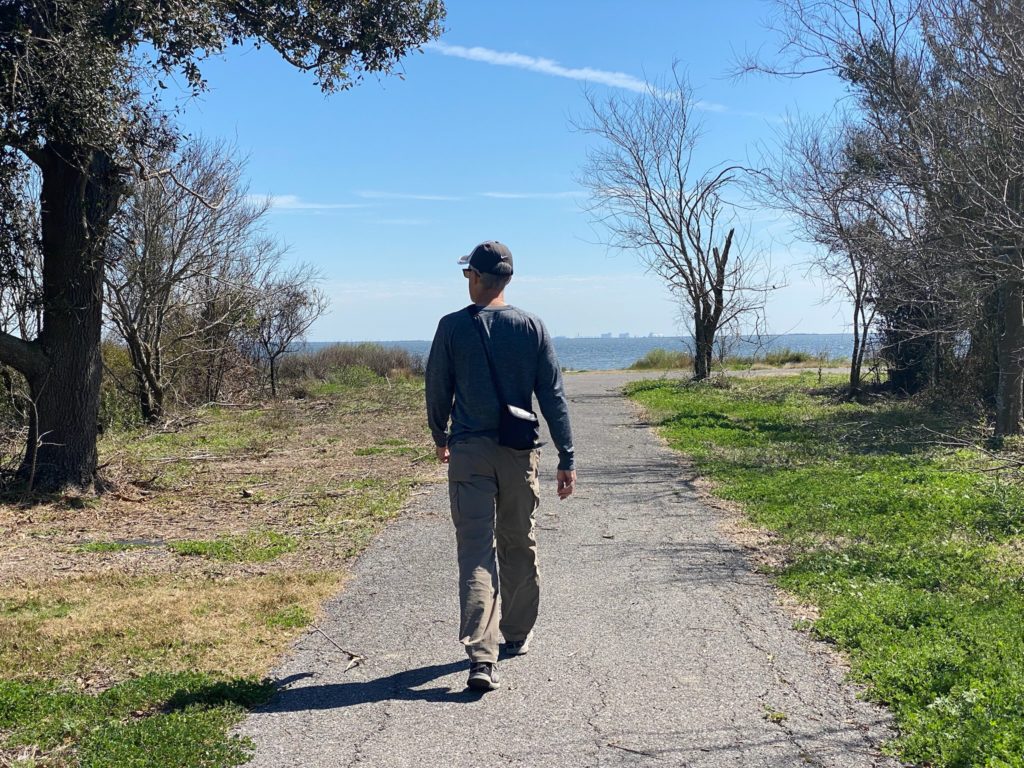
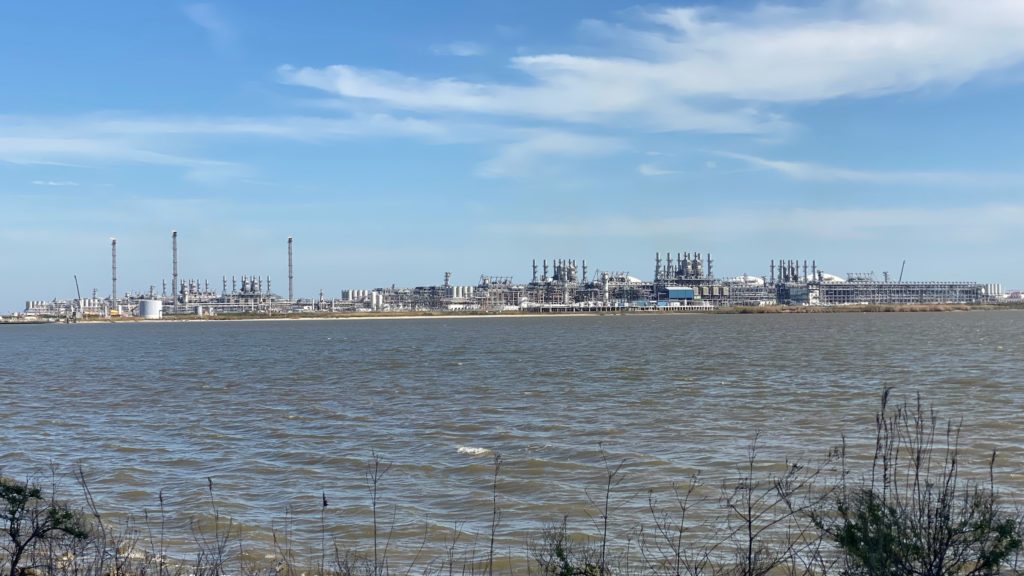
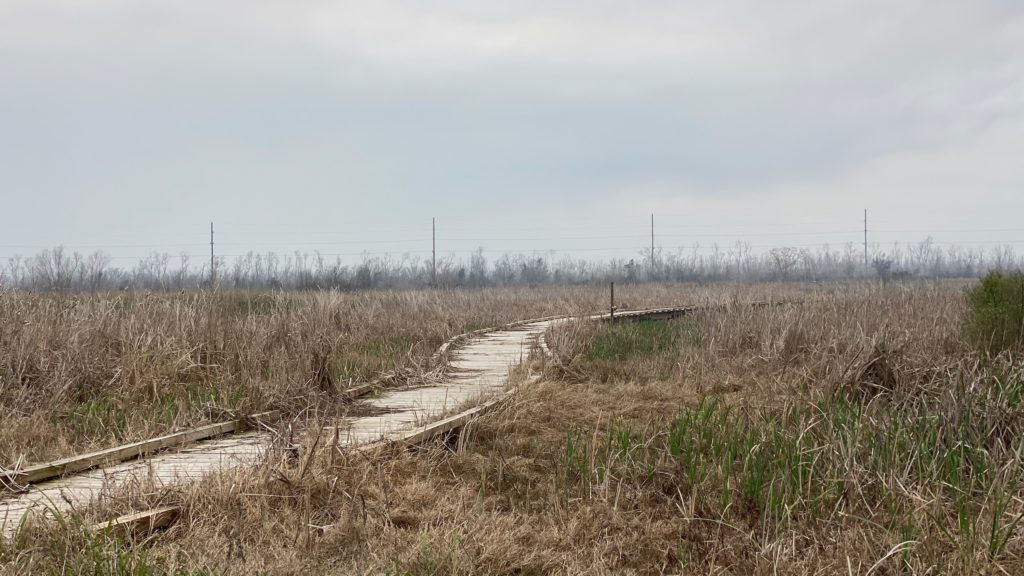
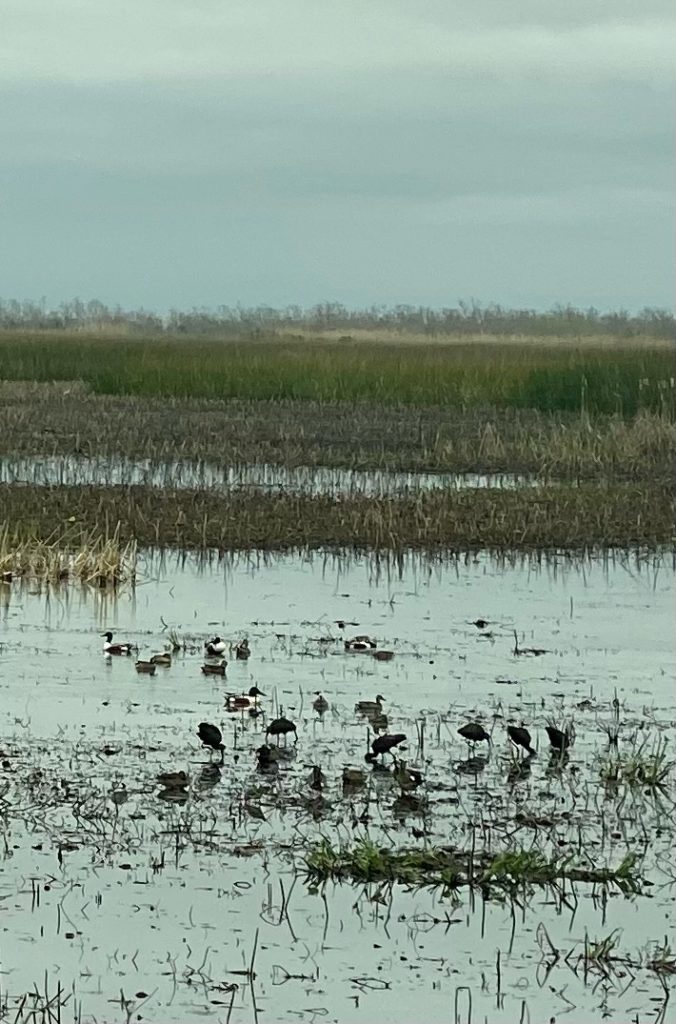
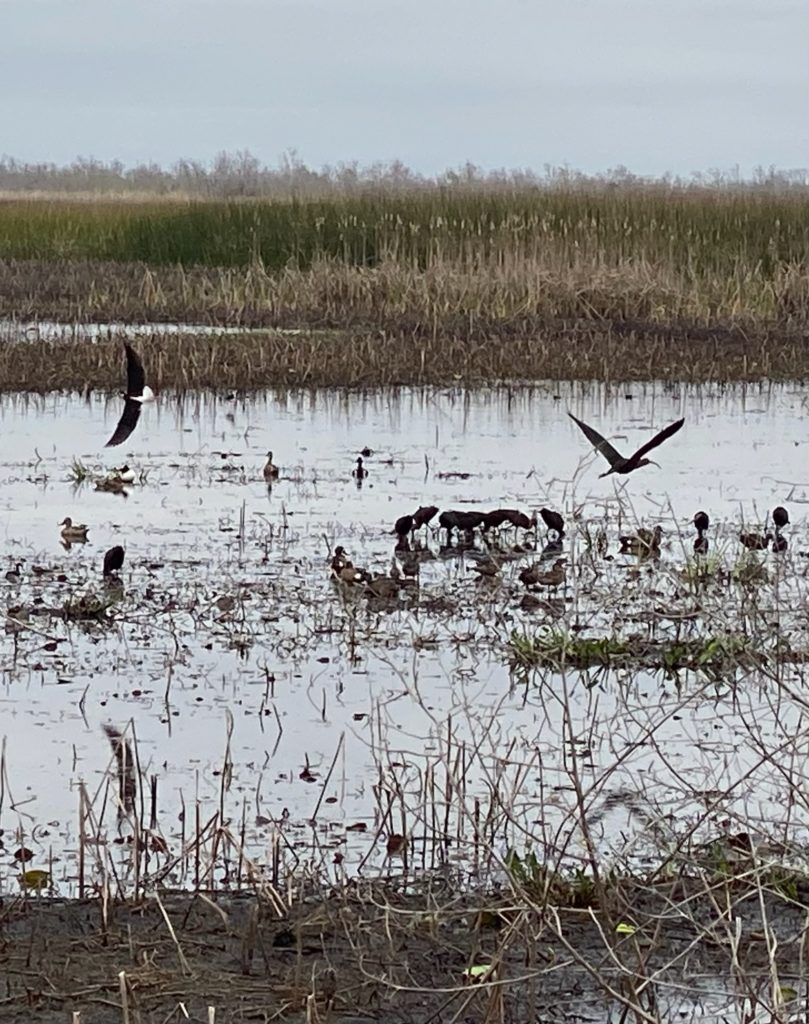
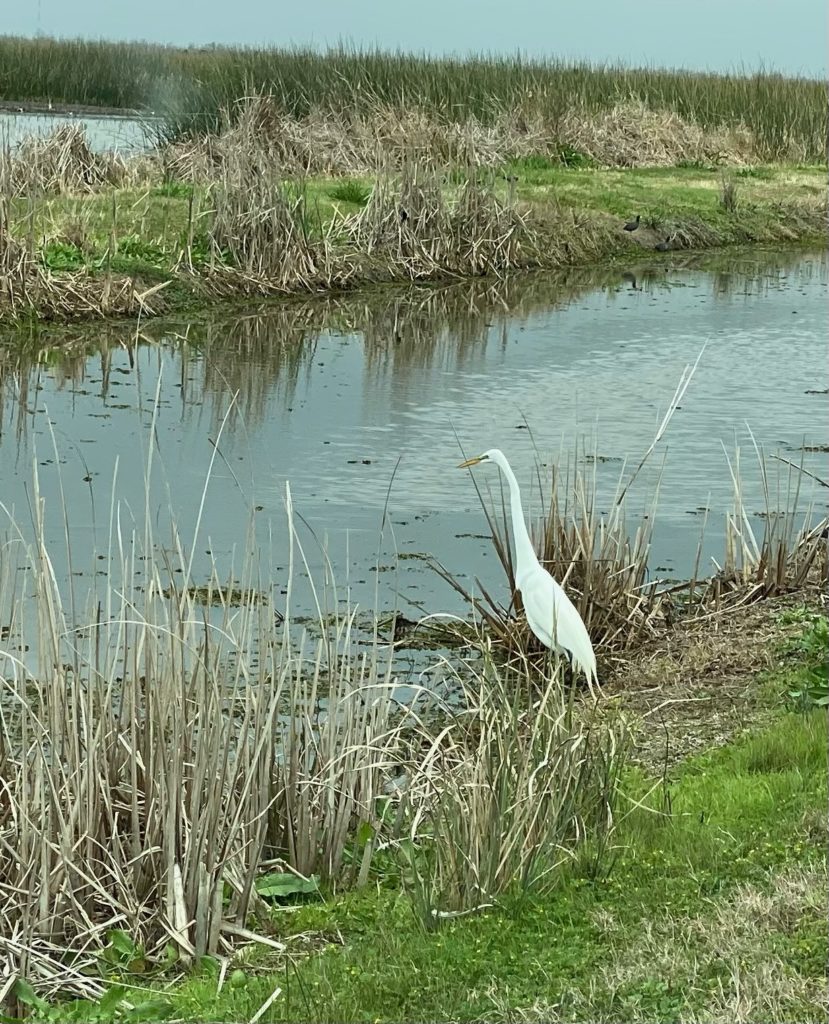
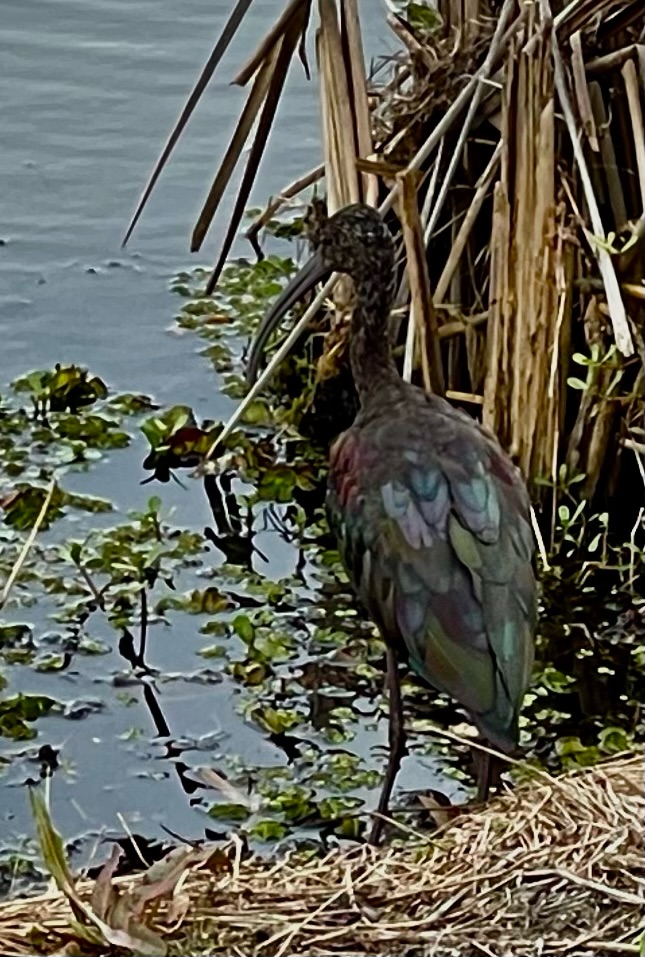
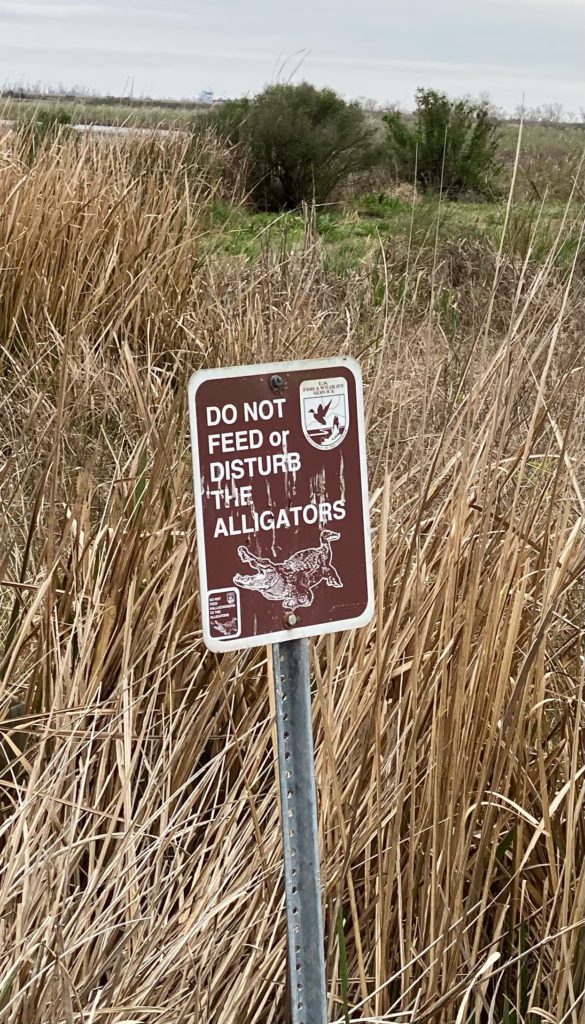
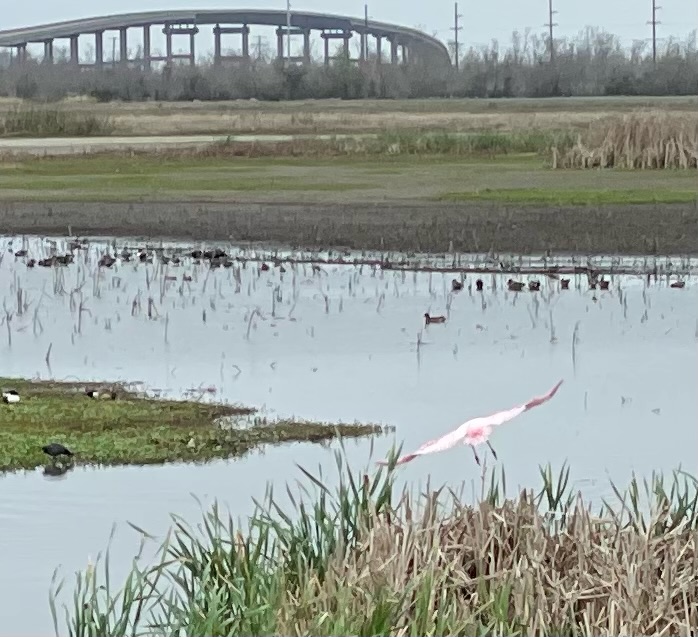
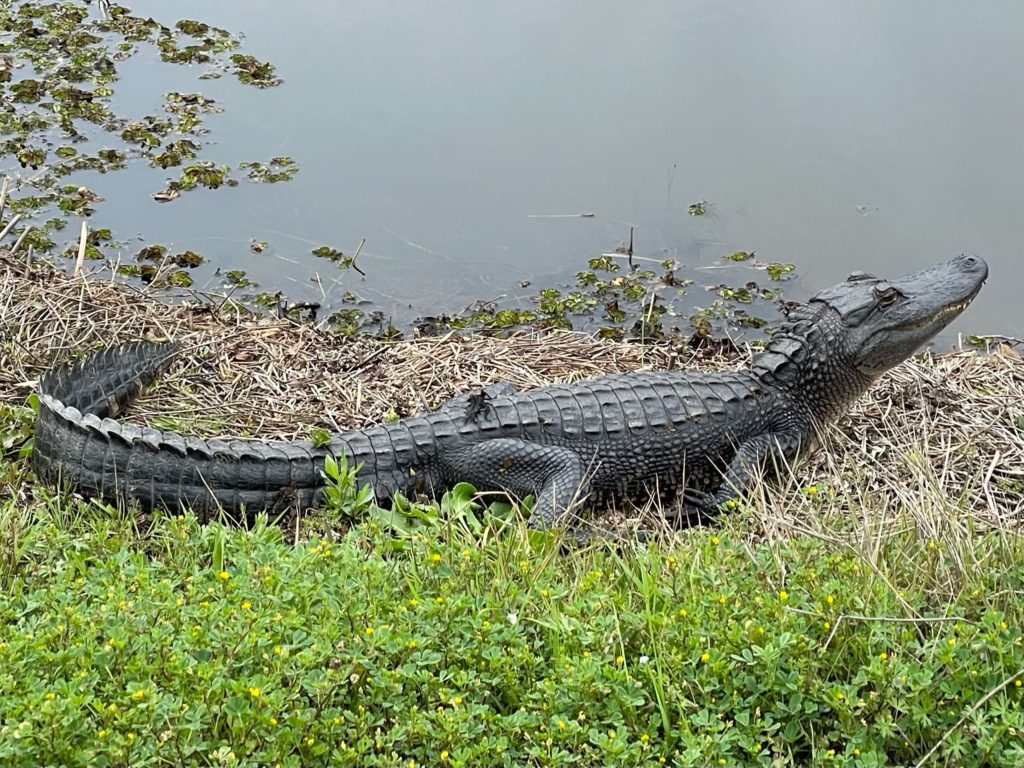
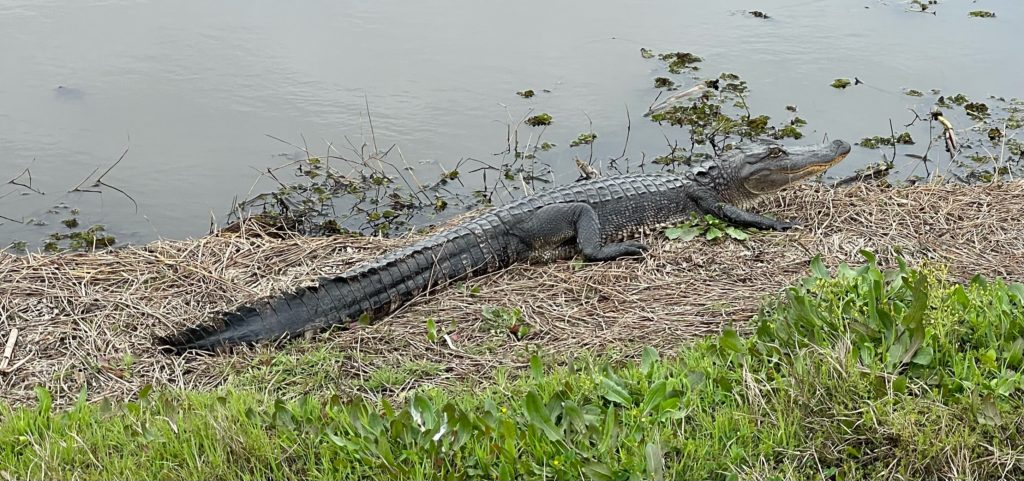
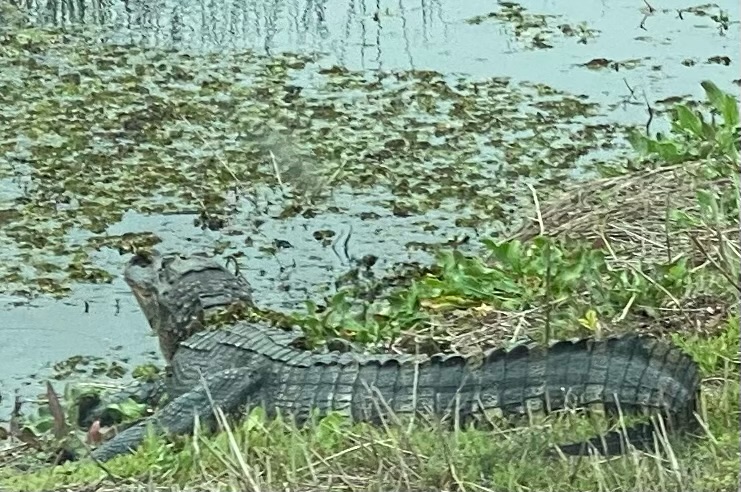
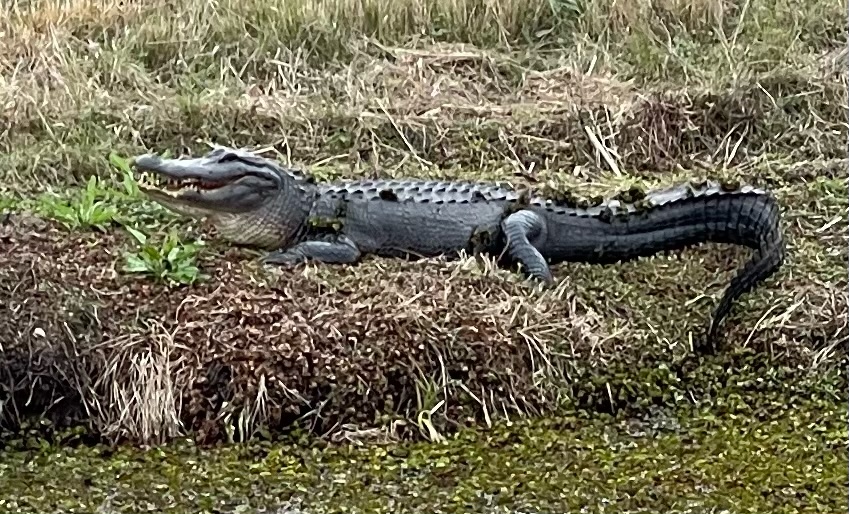
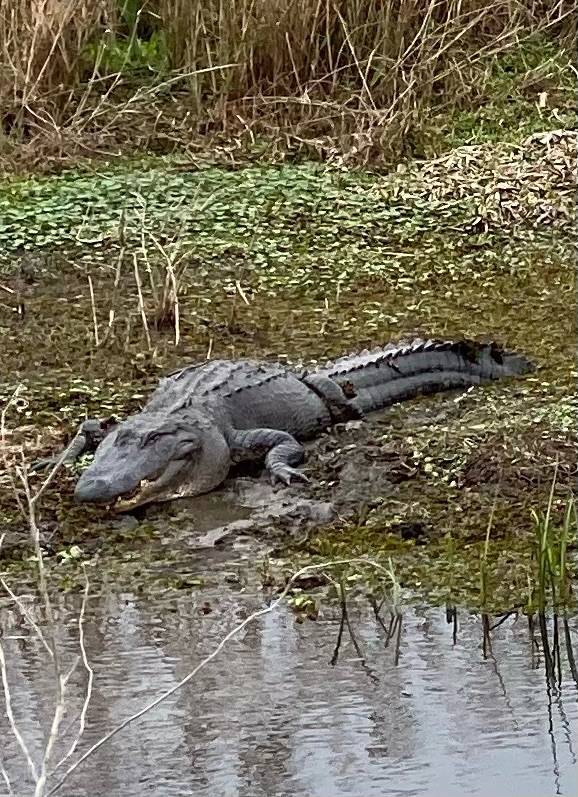
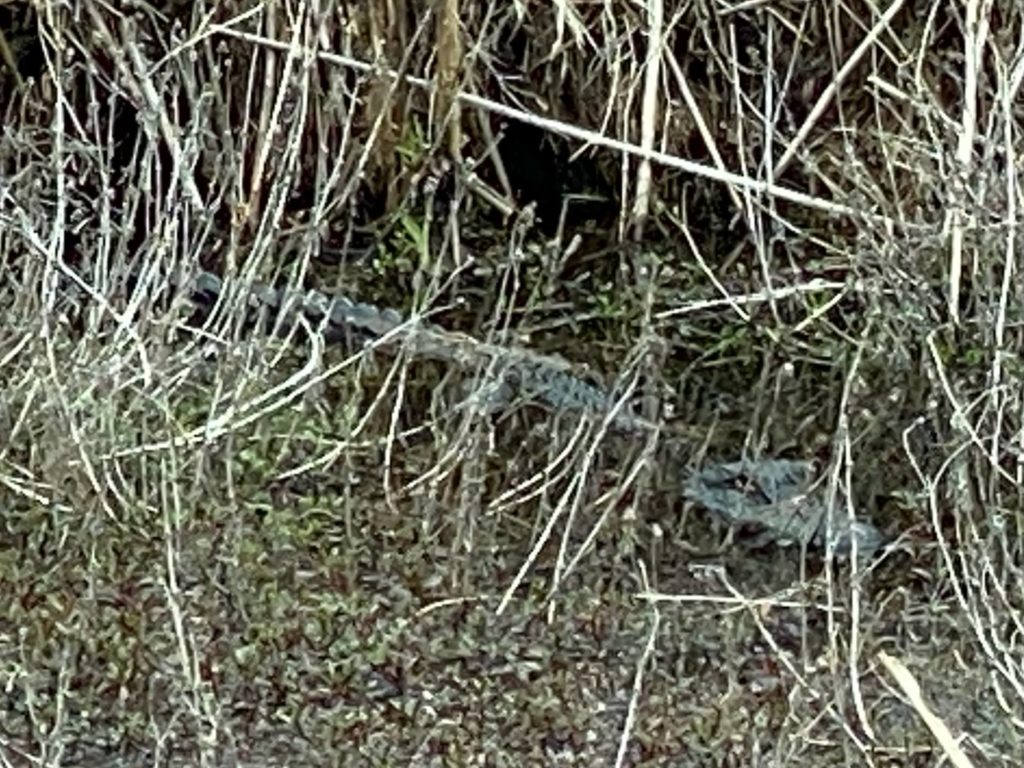
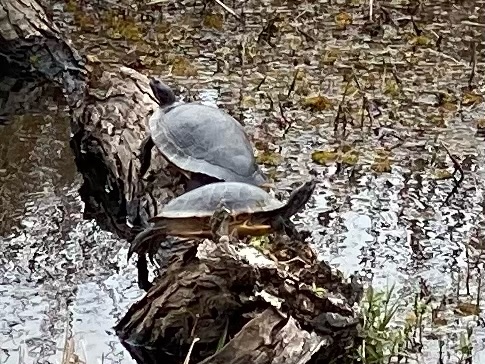
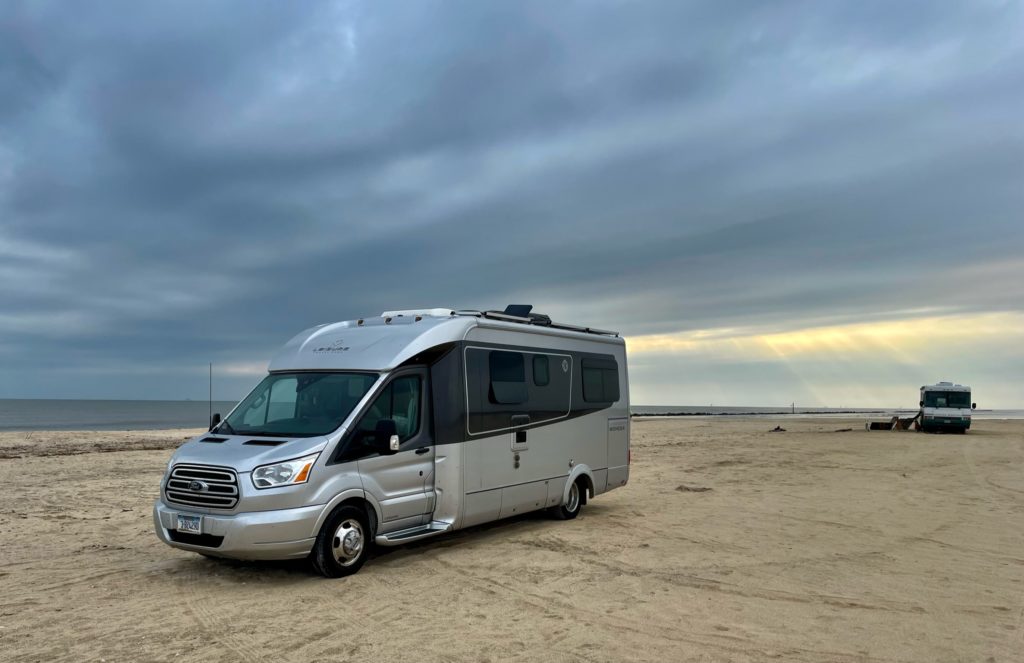
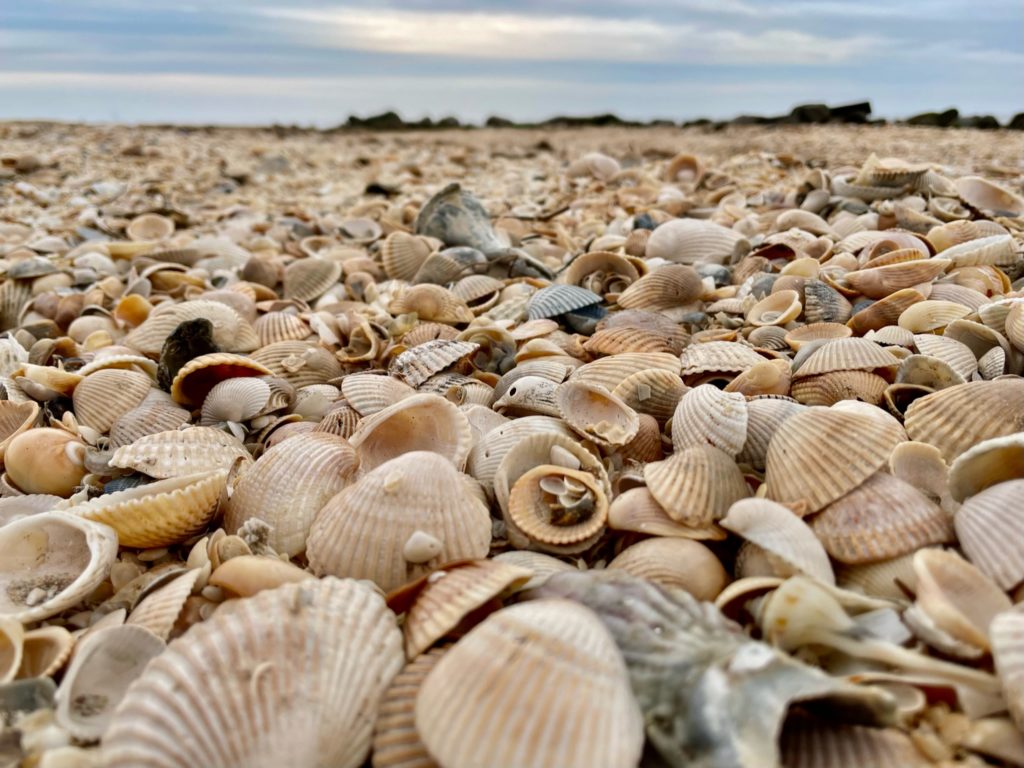
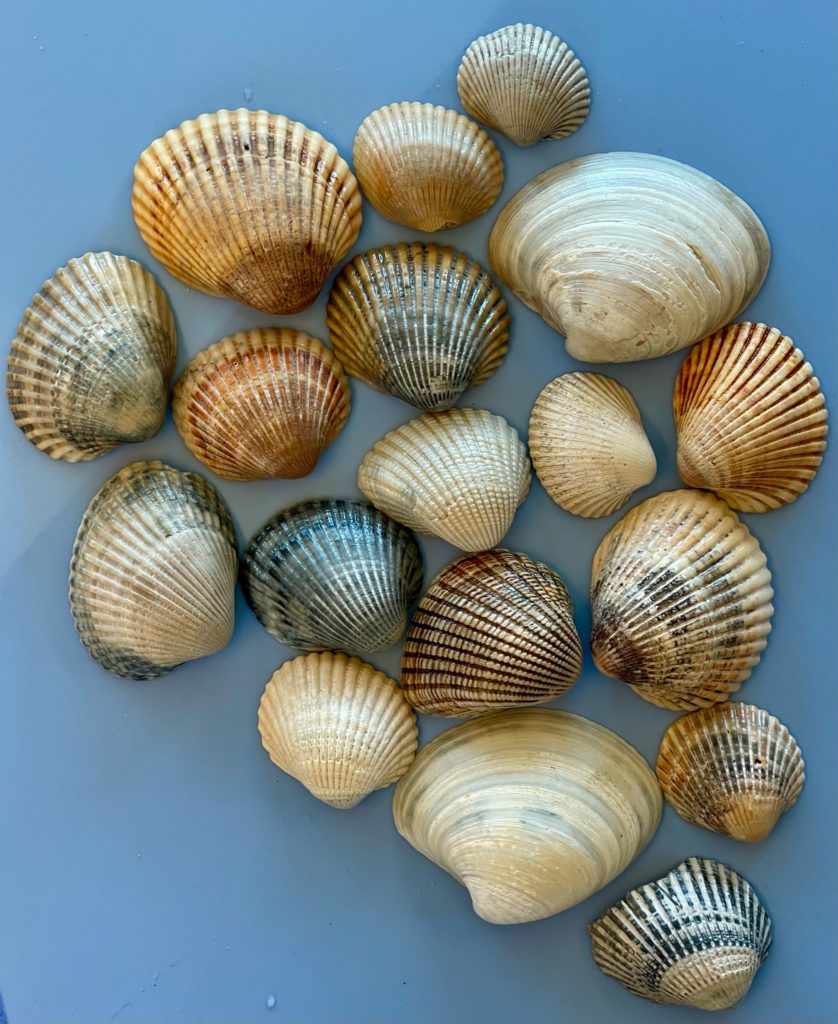
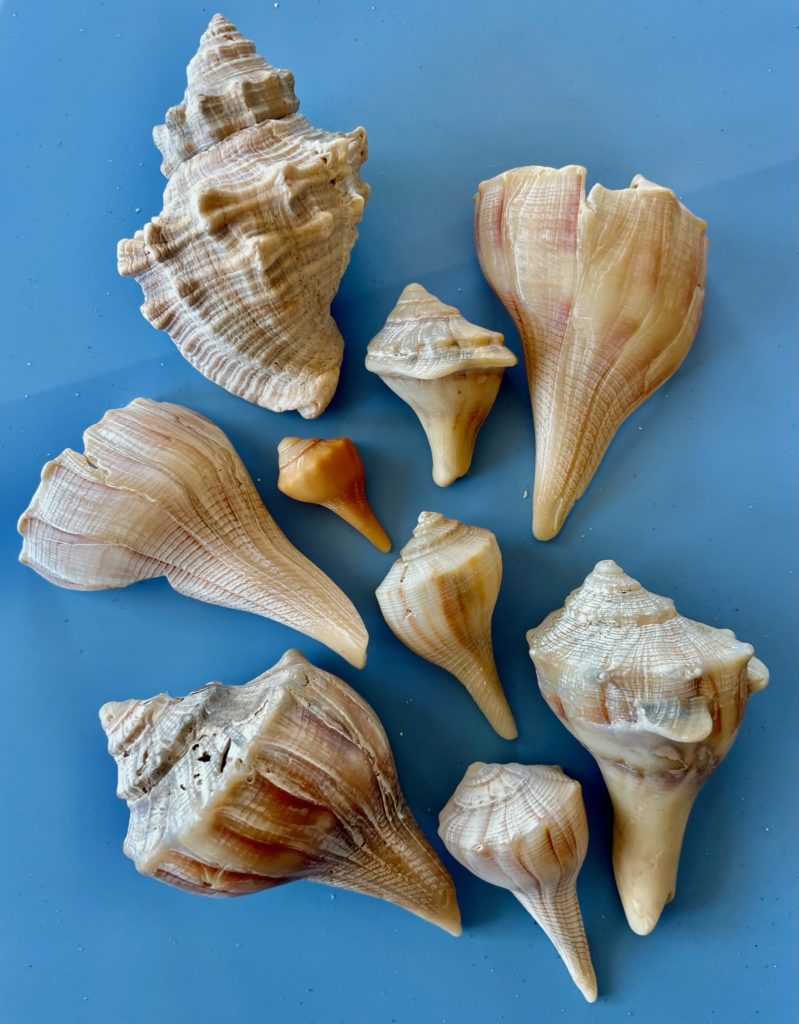
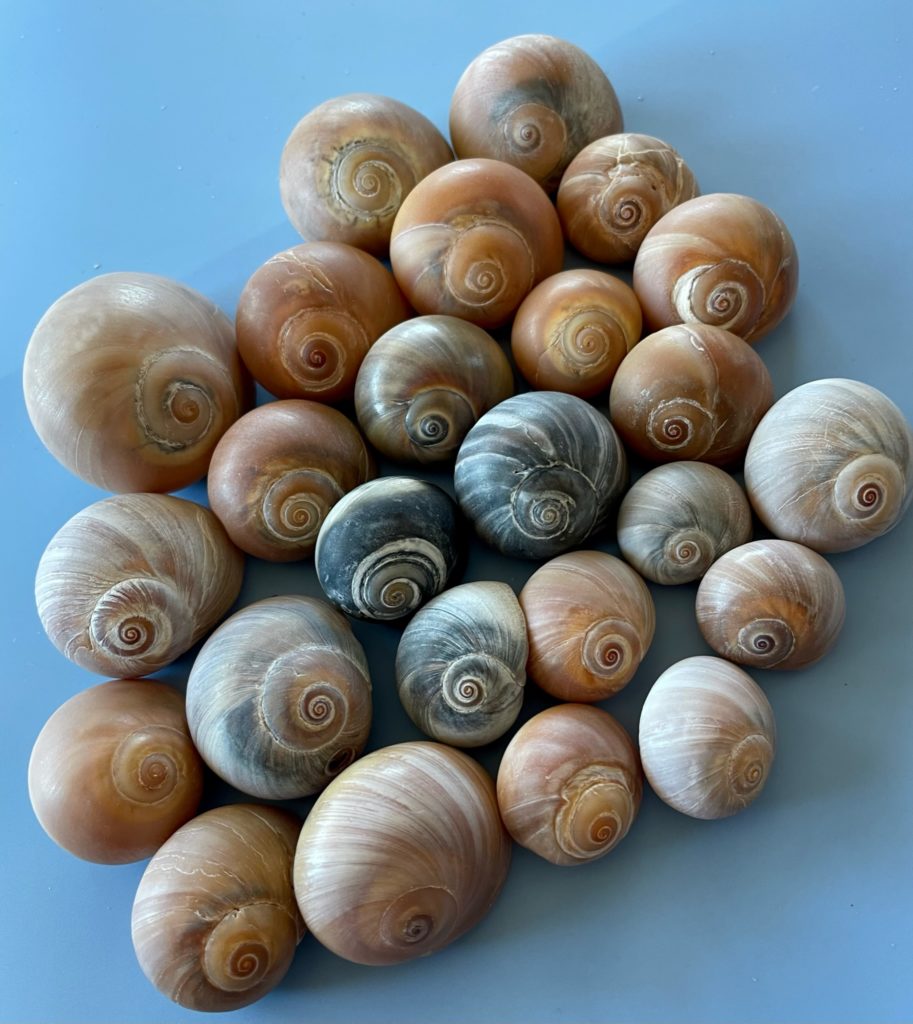
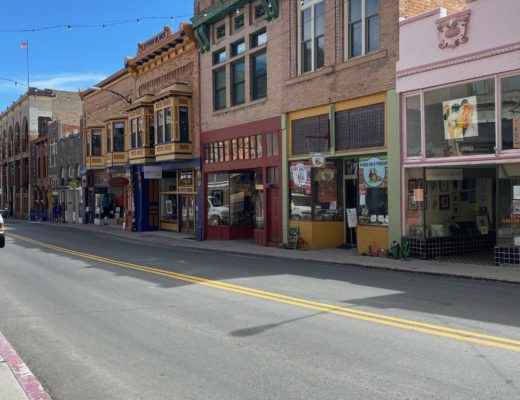
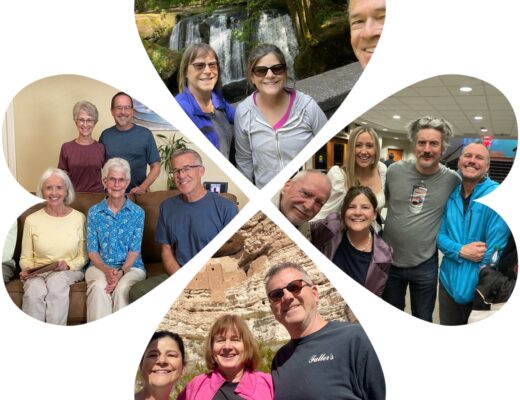
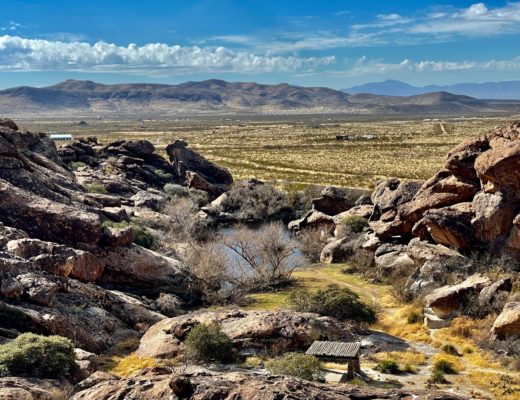








 Did you know that the oldest and largest aviati
Did you know that the oldest and largest aviati








 #camphairdontcar
#camphairdontcar


